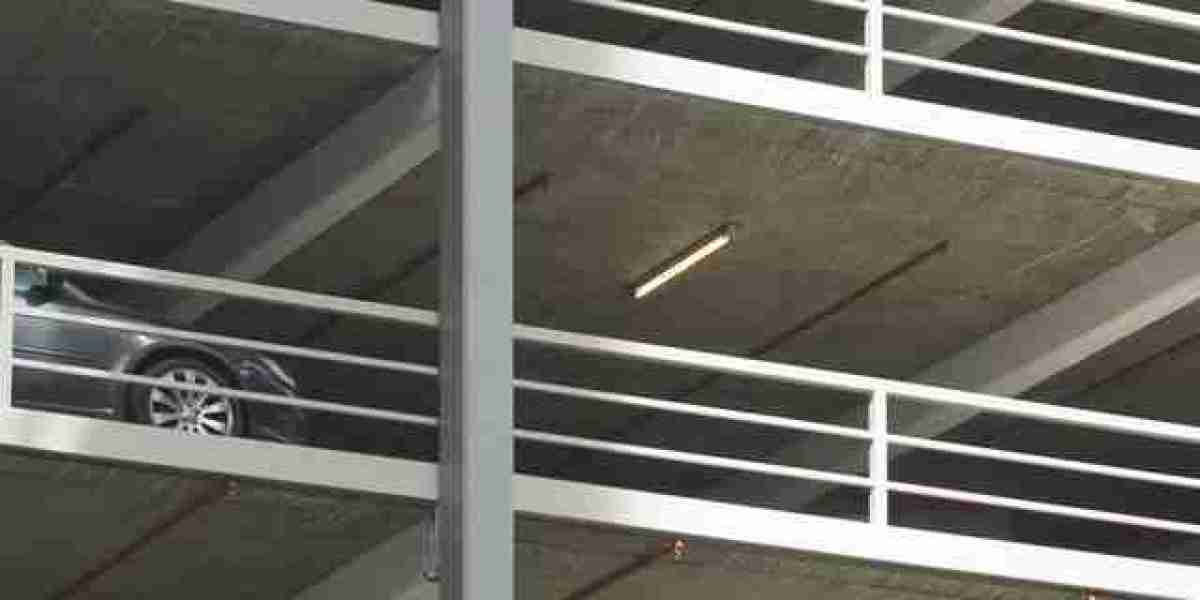A dieline is the blueprint of any packaging design, serving as the structural framework upon which creativity and functionality are built. It represents the flat layout of a package, showing where cuts, folds, and creases will be made when the packaging is assembled. Designers rely on dielines to ensure that all visual elements such as logos, product information, and graphics are placed accurately, so they appear in the correct position once the packaging takes shape. Without a properly created dieline, even the most visually appealing design could end up misaligned, poorly structured, or ineffective in its purpose.
In the world of custom packaging, a dieline acts as a bridge between conceptual design and physical reality. It translates a two-dimensional design into a three-dimensional product that consumers will interact with. Whether designing for boxes, bags, or labels, the dieline ensures consistency in size, proportion, and placement. For businesses, this precision not only enhances the appearance of the final product but also prevents costly errors during mass production. Essentially, the dieline is a vital tool for transforming creative ideas into tangible packaging solutions.
Why Dielines Are Essential in Custom Packaging
A well-prepared dieline provides clarity and guidance throughout the packaging design process. It outlines every technical detail, including bleed areas, safe zones, fold lines, and trim marks. Designers can use these markers to ensure that critical information, such as brand names or nutritional facts, doesn’t get cut off or distorted during the cutting and folding process. This makes dielines essential for avoiding production mishaps and ensuring that the packaging looks professional and accurate.
Beyond technical accuracy, dielines play a major role in branding and customer experience. Packaging is often the first physical interaction a customer has with a product, and dielines help ensure that this first impression is positive. A precisely designed dieline allows businesses to create innovative packaging shapes that stand out on shelves while maintaining structural integrity. Whether it’s a sleek cosmetic box or a sturdy food package, dielines give brands the flexibility to create packaging that reflects their identity and appeals directly to their target audience.
The Role of Dielines in Reducing Errors and Costs
Mistakes in packaging can be costly, both financially and in terms of brand reputation. Misaligned graphics, cut-off text, or poorly constructed packaging can frustrate customers and lead to returns or complaints. A properly designed dieline minimizes these risks by providing a clear and detailed layout for printers and manufacturers to follow. This level of precision reduces the likelihood of errors in production, ensuring that each package comes out exactly as intended.
In addition to avoiding mistakes, dielines help businesses save money during the packaging process. By providing an accurate representation of the package design, dielines allow manufacturers to maximize material efficiency, reducing waste and production costs. For example, knowing the exact dimensions of folds and cuts can help companies order the right amount of materials, avoiding excess usage. Over time, these savings add up significantly, making dielines a smart investment for brands focused on cost-effective yet high-quality packaging solutions.
Enhancing Creativity Through Dielines
While dielines may seem purely technical, they also play a vital role in fostering creativity. A carefully constructed dieline provides designers with the flexibility to experiment with shapes, layouts, and designs while staying within the boundaries of production requirements. Instead of stifling creativity, dielines give designers a framework within which they can innovate confidently, knowing their ideas can be translated into functional packaging.
For brands that want to stand out, dielines open the door to unique packaging concepts. Unconventional box shapes, interactive folds, or custom inserts can all be achieved when the dieline is designed thoughtfully. This not only makes the packaging visually appealing but also enhances customer engagement. When consumers encounter creative packaging that aligns with brand storytelling, it leaves a lasting impression and increases the likelihood of repeat purchases. By combining technical accuracy with creative expression, dielines help brands strike the perfect balance between form and function.
Dielines as a Communication Tool Between Designers and Manufacturers
One of the most important roles of a dieline is its function as a communication tool. Designers, printers, and manufacturers all use dielines as a common reference point to ensure consistency and accuracy throughout the packaging process. Designers use them to visualize how graphics will align with folds and cuts, while printers rely on them for precise cutting and assembly. This shared framework reduces misunderstandings and ensures that everyone involved in the project is aligned on expectations.
Effective communication through dielines also streamlines workflow and speeds up production timelines. With a clearly defined dieline, manufacturers can move quickly from design to production without requiring multiple revisions or corrections. This not only enhances efficiency but also ensures that deadlines are met, which is critical for businesses launching new products or seasonal campaigns. Ultimately, dielines eliminate ambiguity and foster collaboration between creative and technical teams, making them an indispensable element of custom packaging design.




